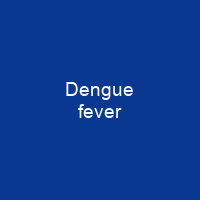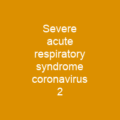Dengue Fever: The Silent Threat
Imagine a world where a simple mosquito bite can turn your life upside down. That’s exactly what dengue fever does, and it’s not just a distant threat but a reality for millions around the globe.
The Invisible Enemy
Dengue is caused by a virus that sneaks into our bodies through the bite of an infected mosquito. It’s like a silent invader, making its way through your skin and into your bloodstream without you even realizing it. The symptoms can be mild or severe, but in some cases, they can lead to life-threatening complications.
The Symptoms Unveiled
When the virus strikes, it’s like a storm brewing inside your body. You might experience a high fever, headache, vomiting, and intense muscle and joint pains. The characteristic skin rash that appears is almost like a warning sign, telling you that something isn’t right.
The Recovery Process
Recovery from dengue can be as short as two days or as long as seven, depending on the severity of your case. But for those who develop severe dengue, it’s like a race against time. Bleeding, low blood platelets, and dangerously low blood pressure can turn what was initially a mild illness into a life-threatening situation.
The Four Serotypes
There are four different types of the dengue virus, each with its own unique characteristics. Infection with one type usually gives you lifelong immunity to that specific strain, but it’s like playing a game where you have to dodge all four arrows. Subsequent infections can be much more dangerous.
No Specific Treatment
When it comes to treating dengue fever, there’s no magic bullet. In mild cases, the focus is on managing symptoms and providing comfort. But for severe cases, hospitalization becomes necessary. The treatment involves fluid replacement and supportive care to help your body fight back.
The Mosquito Vector
Meet the villain behind this silent invasion: the Aedes mosquito, particularly the Aedes aegypti. These mosquitoes are like tiny assassins, spreading dengue with each bite. They thrive in urban and rural environments, making them almost impossible to avoid.
The Global Impact
More than 5 million infections were reported in 2023 alone, with over 5,000 deaths. Dengue is no longer just a local problem; it’s a global threat. The disease has spread to over 100 countries, affecting every continent except Antarctica.
Prevention and Control
The key to preventing dengue lies in eliminating the mosquito population and avoiding bites. Simple steps like wearing long sleeves, using insect repellent, and removing standing water can make a huge difference. Community-wide efforts are essential for effective control measures.
Vaccines: A Step Forward
Two vaccines have been approved to help combat dengue fever. Dengvaxia protects against all four serotypes, while Qdenga is a live attenuated vaccine recommended by the World Health Organization. However, vaccination isn’t a one-size-fits-all solution; it’s important to consult with healthcare professionals before getting vaccinated.
Conclusion
Dengue fever is a formidable opponent, but with awareness and action, we can fight back. By understanding its symptoms, preventing mosquito bites, and supporting research for better treatments, we can reduce the impact of this silent threat on our communities. Remember, every small step counts in the battle against dengue.
You want to know more about Dengue fever?
This page is based on the article Dengue fever published in Wikipedia (retrieved on December 11, 2024) and was automatically summarized using artificial intelligence.








